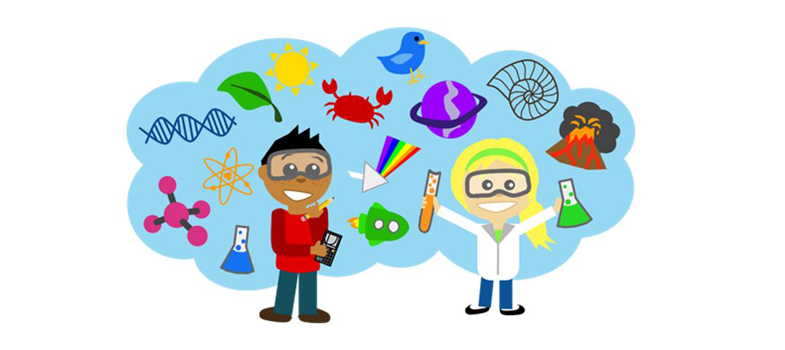2.5 Example: how do unconscious biases and gender affect science? Examining the Moss-Racusin study
Moss-Racusin et al (2012) had staff in science faculties in US colleges rate the application of a student for a position as a laboratory manager.
The same application was used 127 times and randomly assigned either a female (64 times) or a male (63 times) name.
The staff selectors rated male applicants as significantly more hireable than female applicants. They also chose a higher starting salary and offered more career mentoring to male applicants. The gender of the staff selector did not affect responses – both male and female staff exhibited the same bias towards men and against women.
(Moss-Racusin et al, 2012)
There are two possible explanations for the result found in the Moss-Racusin study.
Either: staff in science faculties have been consciously biased and deliberately chose male candidates because they wanted and preferred men.
Or: staff in science faculties have been biased, but they were unaware they were doing it.
Activity 5
Why do you think the participants (including female staff) in the Moss-Racusin study discriminated against female applicants? How might this relate to participation in STEM subjects in schools?
Answer
The study found that the staff associated scientists with being male, and therefore were more open to seeing the positives in the male applications. Despite their conscious brain knowing that women can be, and are scientists, their unconscious brain was still making stereotypical associations which impacted on their interpretation of the CV.
Moss-Racusin et al (2012) concluded in the article: “[Scientists] tendency to unintentionally use different standards when assessing women relative to men.”
They also drew wider conclusions about the impact on participation and engagement of women in STEM: “Bias against female undergraduates … undermine[s] meritocratic advancement, to the detriment of research and education.”
How does this relate to gender stereotyping of toys or the way we talk about science in the classroom? Note down your thoughts in your Learning log.
2.4 Daniel Kahneman and ‘thinking fast and slow’
